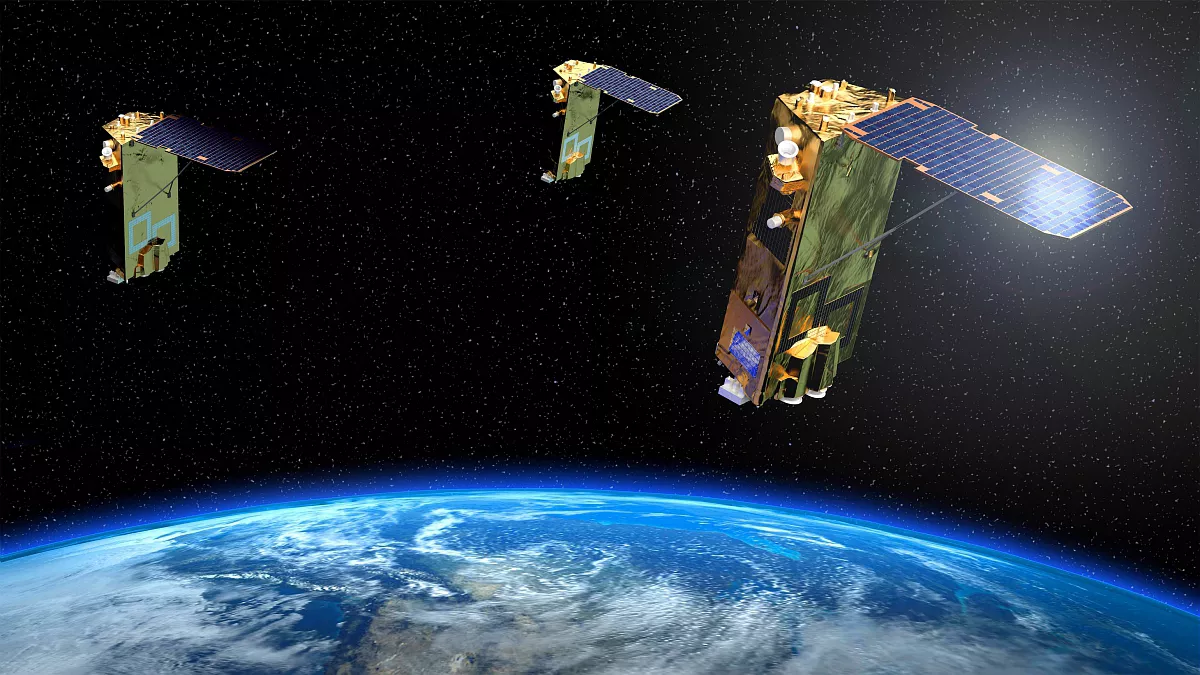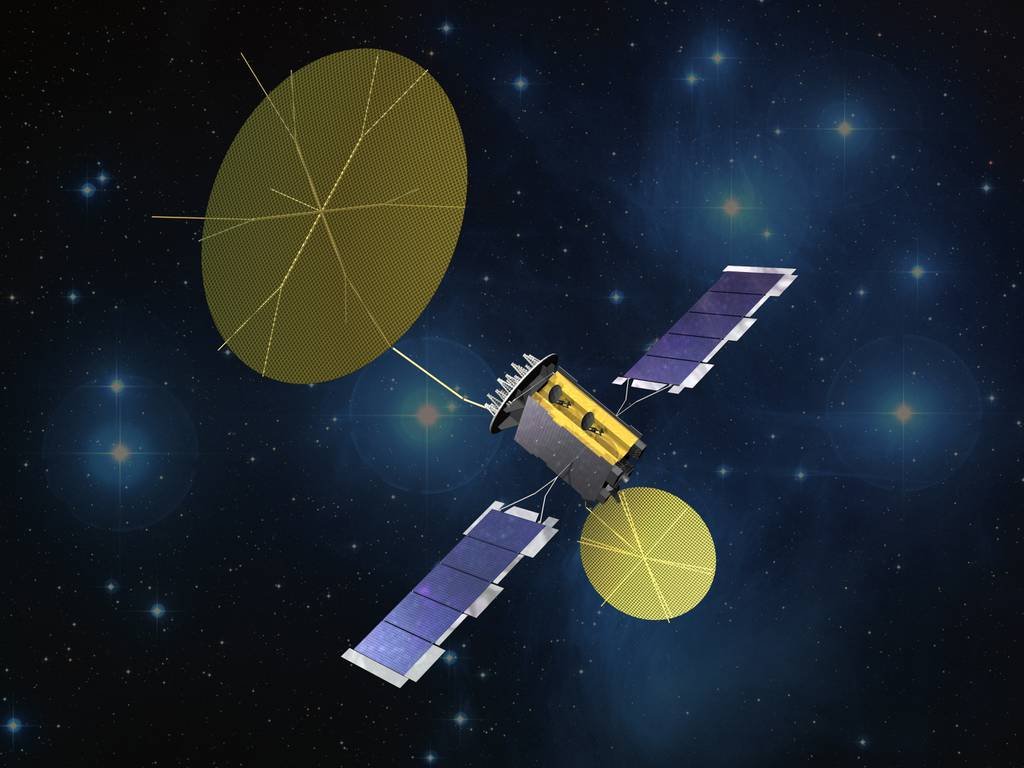Paris Confirms Data Transfer to Ukraine, Shedding Light on France’s Intelligence Capabilities
French CERES reconnaisance satellites Published by Defense Express, 6 March 2025 France is a fairly autonomous country in terms of intelligence, with its own reconnaissance satellites and aircraft Ukraine can count on the transfer of intelligence data from France, as confirmed by the country's Defense Minister Sébastien Lecornu. This was











